The armoured versions of the Sd.Kfz.10
The Demag "special vehicle 10" (abbreviated as Sd.Kfz.10) - was the lightest prime mover half-track of the Wehrmacht during WW2, outside the Ketternkrad. Its design went back to 1934 after a line of prototypes made by Demag AG. The D7 was the last prototype in 1938, after which a production was organized by mobilizing a large variety of manufacturers: Adler-Werke, Büssing-NAG, MWC, MNH, MIAG, and Saurerwerke, and until 1945, 14,000 were delivered, the largest production of all half-track models of the German army. Add to the 15,252 Sd.Kfz.251 based on the same chassis, this was the largest half-track production of the axis, by a safe margin. But what is interesting is the grey zone beteen the fully armored vehicles, namely the first line Panzergrenadier mounts, the Sd.Kfz.251, and the soft skin Sd.Kfz.10: There were the weapons carriers (sebstfahrlafette) of two types: The official versions, Sd.Kfz.10/4 and 5 for the SPAAGs, and the tank-hunters, more informally converted with either 3.7 cm PAK 36 and 5 cm PAK 38 guns, placed on gun mounts. In both cases, some were armoured on the field. They never received any proper waffenamt designation, nor precise guidelines or centralized plan for this upgrade. Designations are given generally simply comprised the added adjective "gepanzerte" ("armoured"), which qualify them to be in tank encyclopedia.The main armoured types (design)

The adjective there is contracted into "Gep.". The armor in all four cases was limited to light plating, improvized on the field: On the fastest case, one plate was mounted in front of the radiator, another was fixed or welded on the windshield. at least to bring a frontal protection. However overall protection was inexistant on the rest of the vehicle. In some cases, the radiator was more refined, with ventilation louvres, and complex black light cutouts. In other cases the front hood shield was completed by two side plates and by a three-sided vertical protection over the hood. However the sides of the engine was still unprotected, as were the tires. In addition however to the windshield vertical plate, some vehicles had additional cabin plating, with sight slits.
In the most extreme case, the windshield, side plates were completed by an amoured roof. All this protected the driver and co-driver but not the gun crew, which was carried by an additional vehicle. Plates were estimated between 5-6 and 8 mm (0.2 to 0. inches) steel plates of various origins, most outright sub-standard compared to regular tank hardened armour plate. Boiler plate for example always has been a favourite for field conversion, due to its base thickess, but it never was hardened enough (carbon content) to be of sufficient protection to stop a bullet or shrapnell. In many cases, thinner, but still heavy construction plates of around 2.5 to 5 mm (0.1 to 0.2 in) could be welded together, even sandwiched with another material to obtained the desired properties.
2cm FLAK 30 auf Selbfahrlakette Sd.Kfz.10/4 (Gep.)
The first Sd.Kfz.10 based SPAAG, fitted with a 2 cm FlaK 30 mounted on a special platform at the rear; It had fold-down side and rear panels for walking around when using the gun. They had ready ammunition bins fastened to the side and rear panels for a storage of 120 rounds in total, while the vehicles themselves often towed a trailer with another 640 rounds and parts. Production really took off 1941. Gun shields became mandatory in 1942 but also extra armour on the winsdhield and radiator. 370 were delivered before july 1939 so they took part in the Polish campaign, the first delivered to the Flak Abteilung 75 from the 12th Panzer Division, and at the eve of the low countries invasion in the summer of 1940, 1225 more has been delivered. Between october 1940 and march 1942, production went on at a rate of 20-25 monthly, so about 1,985 vehicles. The entire designation was Selbstfahrlafette (Sd. Kfz. 10/4) Fahrgestell des le. Zgkw. 1t mit 2 cm Flak 30.2cm FLAK 38 auf Selbfahrlakette Sd.Kfz.10/5 (Gep.)
Basically the same vehicle, but modified to carry the lighter 2 cm FlaK 38 2 cm AA gun. It was given modified fold-on sides and rear panels, modified mount, and production really took off in 1943. By 1944, it has replaced organically the 10/4 on the field and the latter were often reused with the infantry in ground support role (and armoured). Production of the leichte Selbstfahrlafette mit 2 cm Flak 38 is ellusive although it was established 962 were delivered in 1943-44 by Cottbus. Field conversions (gepanzerte) is therefore even more ellusive to establish. It seems many of the late production models were armoured on the field, so up to 40-50%, giving a loose total of about 400 vehicles.Sd.Kfz.10 Leiche Zugkraftwagen 3.7cm PAK 36 (Gep.)
This was a field conversion. It never received a proper designation at least on a manufacturing standpoint, but was given at least a waffenamt designation. These were regular 10.1 vehicles converted in a simple way to receive a 37 mm PAK 36, standard gun of the Wehrmacht in 1939-40. The first version had it mounted entire, with its legs, affixed on a modified mount to keep it stable. This gave the Panzerjaergers units an additional vehicle born from the organic supply provisions fo prime movers. The same vehicle used to tow the PAK 36. Some had additional armour-plates on the sides of the gun, front of the engine, or even thecabin. Still without official designation, the vehicle evolved in 1942 by removing the original mount entirely (legs and wheels), to place it ona tailoed pivot mount, permanently fixed on the vehicle. Among the conversions made in 1942-43, a growing number were armored, from 1942 onwards.auf_Zugkraftwagen1t-sdkfz10-ss.jpg)
Sd.Kfz.10 Leiche Zugkraftwagen 5cm PAK 38 (Gep.)
Of course as the 5 cm PAK 38 became more common, former converted vehicles for the 3.7 cm swapped to the larger and more capable 5 cm (2.5 inches). They proved able to stop a T-34 tank frontally at 500 mm with the tungsten capped AP shell. In some cases there were also extra armor protection applied to front of the radiator and the windshield. These vehicles started to appear in organic panzerjager batallions organic to panzerdivisions in 1942. No upgrade to the 7.5 cm PAK 40 or 41 was possible however due to the weight of the gun compared to the chassis. It was towed instead. A well-armored version with a PAK 38 was a serious proposition in a defensive line. In some Panzerjäger units equipped with the Sd.Kfz.251/10, the losses sustained meant substitutes were to be found, and in that case, the ersatz chosen was naturally this Leiche Zugkraftwagen mit 3.7 cm, and later the same was done to replace lost Sd.Kfz.251/22 armed with the 7.5 cm (in that case replaced by the 5 cm). In both cases the vehicle was used as replacement on the field so not deployed outright.Practices of field armouring
The German military in all cases became aware of these improvised armour devised in the field. They issued a recommendation against it and in 1944 published one in the Nachrichtenblatt der Panzertruppen (Newsletter for the Armored Forces). Officers knew that they armour boosted the crews' morale, just as those riding tanks which were still allowed to strap as many spare track links as possible. Post-war analysts all estbalished improvised armour techniques were not effective. Until then, improvised Schürzen (skirting) over existing plates was also was forbidden on the grounds that welding the original factory plate armour could weaken it, but brackets carrying plates afar from the real armour (space armour) was in fact permitted and became a phenomenon in 1944, especially to defend against infantry weapons such as the allied bazooka or piat and Soviet 14,5 mm antitank rifles.Here again, plating could be of various qualities, as well as welding. Specifcally treated steel for spare plating was sent as provision for field repair batallions for the largest rear échelon repair centers of the Wehrmacht, but for smaller workshops, which were in immense majority, locals only used whatever was available. This assure use that, in the absence of official records, we can assume a very few percentage of actual specially treated steel was used, unless oxycutting wrecked, recovered tanks. This too was rare, as all tanks that could be repaired (both German or Soviet) were converted or repaired, rarely cut as scrap metal.
A dubious combat use
At the end of the day, the whole "gepanzerte" concept, although recoignised by the army, was neither ecnouraged by the ordnance or the manufacturer: The vehicle was not meant to receive a certain amount of weight outside what was prescribed, where it should be. In the case of armoured Sd.Kfs.10 which were the lightest of the lot (compared to the special vehicles 11, 6, 7, 8 and 9), the front could be overtaxed of about 200 kgs of armour plating. This put a strain on the suspensions, overtaxed the engine, drivetrain, transmission, tires and axles, which traduced to an increase rate of parts failure, also burdening an already overstretched maintenance chain. This phenomenon was indeed mostly proper to the eastern front, where most of the sd.Kfz.10 were used, and where either urban and partisans warfare forced these measures.It all boiled down to the use of the vehicle. As the war progressed, the finely tuned, finely oiled machinery which saw organic units using these specialized vehicles started to fall apart in 1942 and an increasing number of standard prime movers were converted as self-propelled antitank vehicles, and in the case of the already existing Sd.Kfz.10/4 and 10/5 (FLAK 30/38) their use for close ground support and no longer AA defense, of the infantry, became far more common. Naturally, this led to have these vehicles also up-amoured in this context. Just as the Spanish cicil war improvized armoured cars, they just boosted the morale of the infantry nearby.
3.7 cm PAK 36 auf Sd.Kfz.10 (Gepanzerte) | |
| Dimensions (L-W-H) | 4.75 m (15 ft 6 in) x 1.93 m (6 ft 3 in) x 2 m (6 ft 6 in) |
| Total weight, battle ready | Circa 3,800 kg (8,000 lb) |
| Armament | 37 mm (2 in) Pak 36 L/30 |
| Armor | 6-8 mm (0.25 - 0.3 in) |
| Crew | 2+2 (driver, cdr, 2 servants) |
| Propulsion | Maybach HL42 TRKM 4.2L 6-cyl. water-cooled petrol 99 hp |
| Transmission | 7 + 3 speed Maybach Variorex SRG 102128H |
| Speed | 65/25 km/h (40/16 mph) road/off-road |
| Suspension | Longitudinal torsion bar |
| Range and consumption (road/off-road) | 150 km (93 mi)/90 km (56 mi) |
| Total Conversions | circa +900 |
Read more:
kfzderwehrmacht.delexikon-der-wehrmacht.de
achtungpanzer.com
multi-board.com
stringfixer.com
kfzderwehrmacht.de
weaponsystems.net
materielsterrestres39-45.fr
on alamy
Gallery
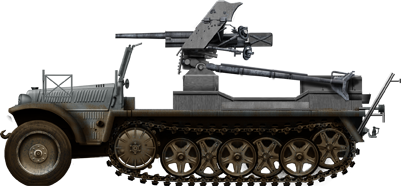
Regular 3.7cm PaK 36 auf Sd.Kfz.10
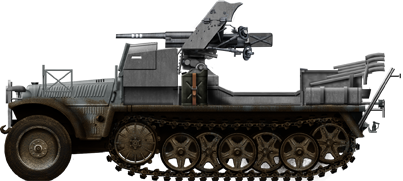
3.7cm PaK 35/36 auf Sd.Kfz.10 Gepanzerte
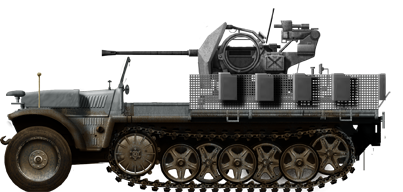
Regular Sd.Kfz.10/4 FLAK 30, Russia, Summer 1941
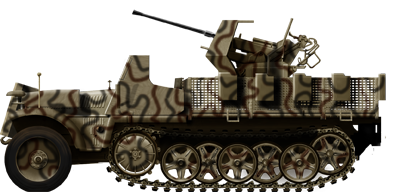
2cm FLAK 38 auf Selbfahrlakette Sd.Kfz.10/5 Gepanzerte, Russia Eastern Prussia 1944
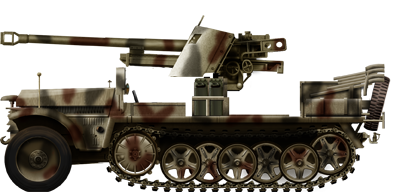
Sd.Kfz.10 Leiche Zugkraftwagen 5cm PAK 38 Gepanzerte in normandy, 1944
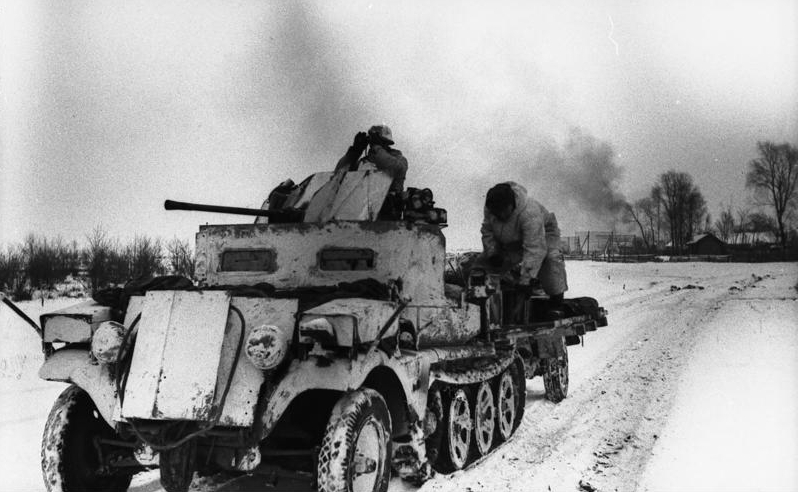
10/5 FLAK in 1943
auf_Zugkraftwagen1t-sdkfz10-ss.jpg)
Up-armored 5 cm PaK38 (Sf) auf Zugkraftwagen 1t sd.kfz.10 of the ss
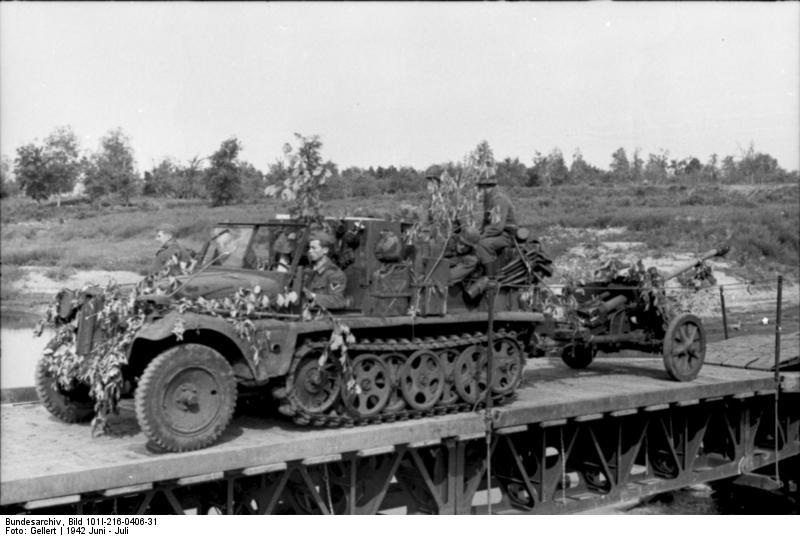
Russia, Sd.Kfz.10 Pak40
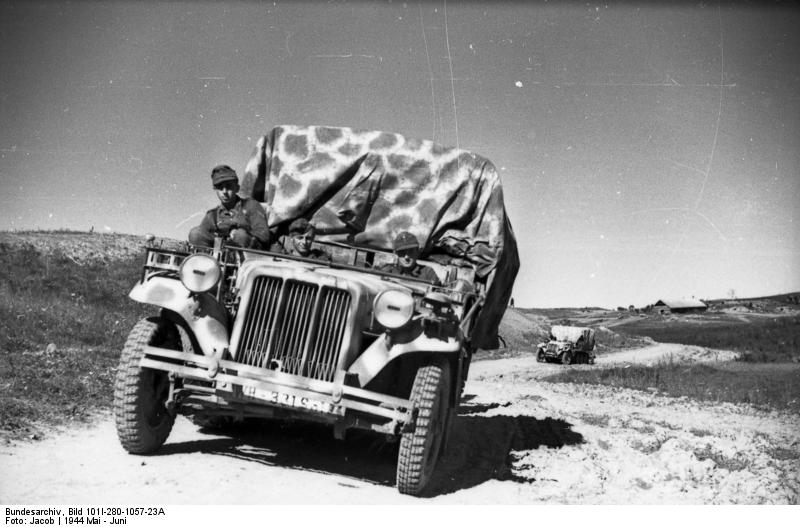
Russia, Halbkettenfahrzeug

Russia, sdkfz10 mit Pak

WW2 Tanks




























WW2 tanks posters

All Tiger tanks liveries.

Panther liveries and variants

WW2 Armour - All tanks











Tanks aces and single tanks series

Find more there

Museums, Movies, Books & Games
The Tanks and Armor in pop culture
Tanks and armored vehicles in general are only really grasped when seen first person: The mass, the scale, it's all there. Explore also the way tanks were covered in the movie industry, in books and in video games.Movies:
Best tanks movie on warhistoryonline.com
On imdb.com
On bestsimilar.com/
miltours.com
liveabout.com/
watchmojo.com
Video Games:
pcgamesn.com
historyhit.com
levvvel.com
vg247.com/best-tank-games
mmobomb.com/
alienwarearena.com

